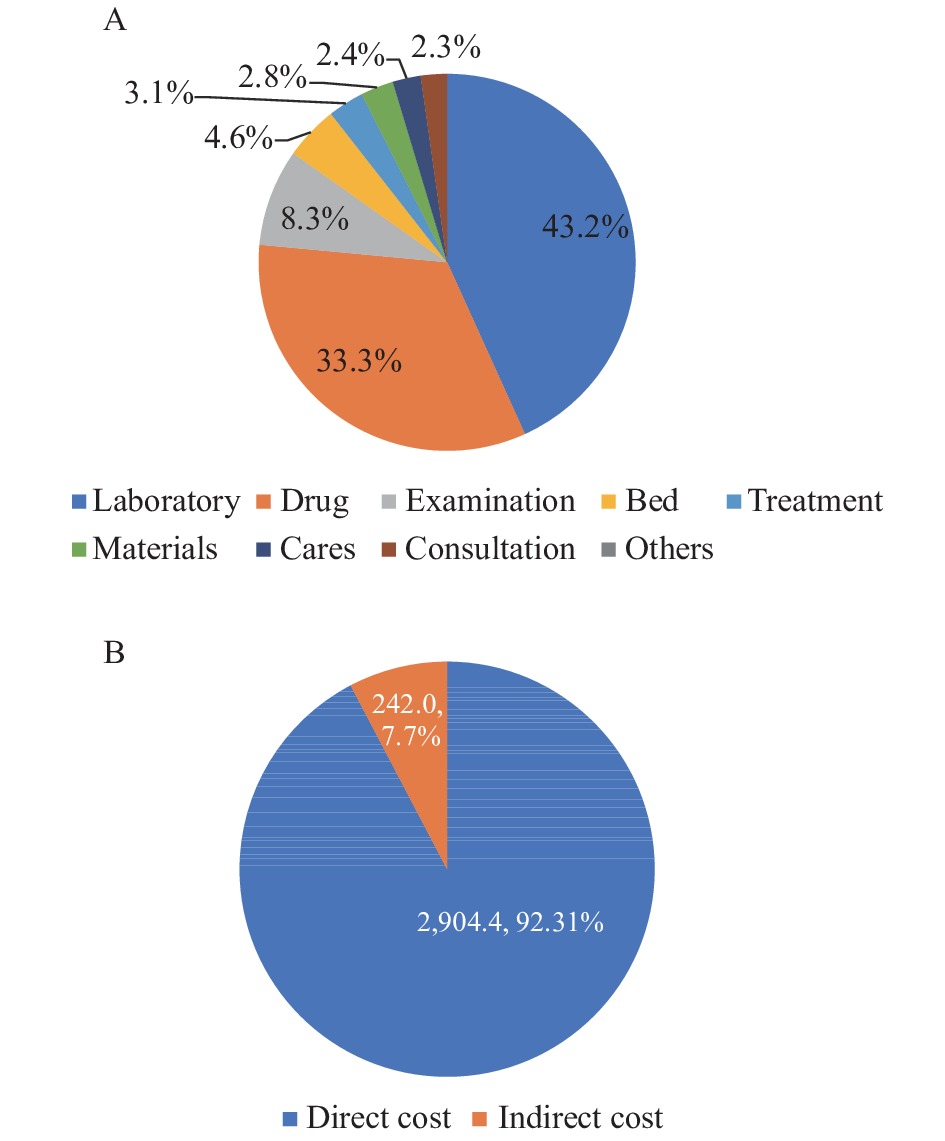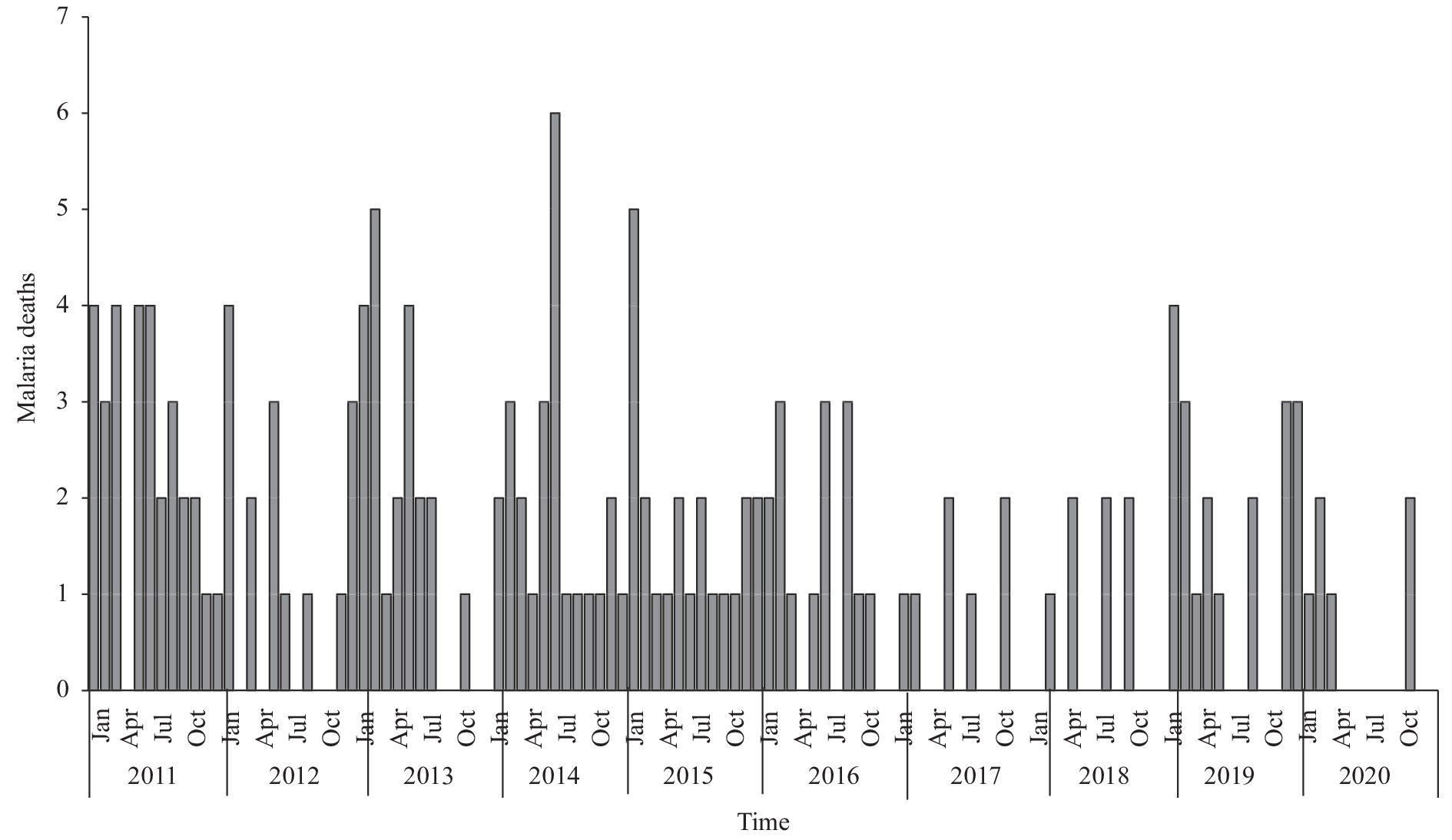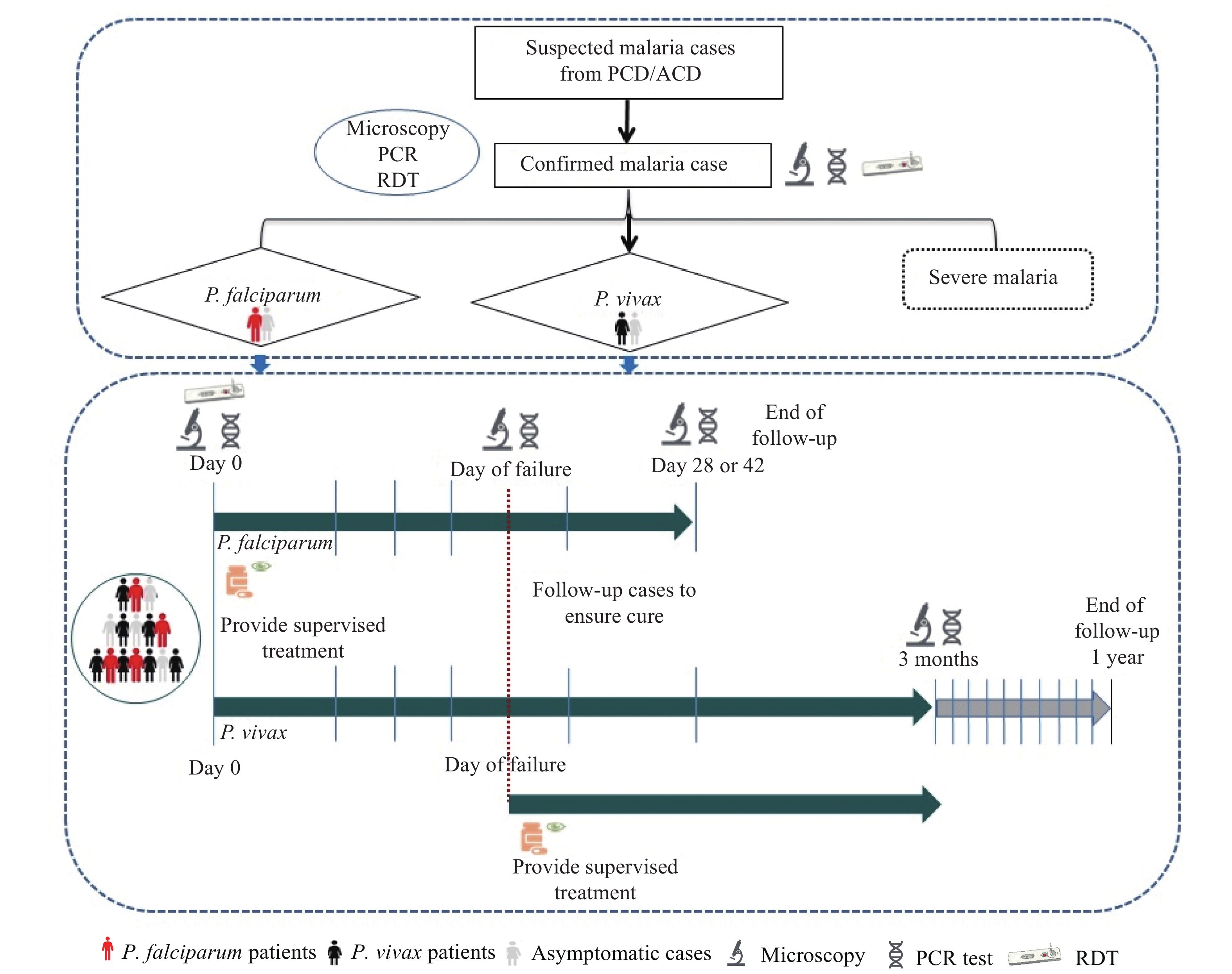2021 Vol. 3, No. 17
Imported malaria cases endanger people’s health and potentially cause local re-transmission, and they may also cause economic loss on patients’ families and society as a whole.
This is the first report to focus on the disease burden of a case study incurred by the imported malaria. The results indicated that the median direct medical cost was 2,904.4 CNY and the median indirect cost was 242.0 CNY for a patient’s hospitalization. The economic cost was related to age, time between onset and diagnosis, and days of stay in hospital.
This study analyzed the main causes based on both direct and indirect economic loss of imported malaria cases to provide general information for the evaluation of the disease burden of imported malaria patients and shed light on the rational allocation of medical resources.
What is already known on this topic?
The health workforce at township hospitals in the China-Myanmar border region has played a key role in sustaining Community case management of malaria (CCMm), while few studies have investigated their performance and challenges.
What is added by this report?
Sustaining CCMm in the region was subject to the following major challenges: insufficient training on malaria diagnosis and testing, lacking necessary and timely treatment for patients, and risks of instability among the malaria workforce.
What are the implications for public health practice?
These challenges called for the national and provincial authorities to provide regular trainings and intensive supervision to strengthen malaria diagnosis and treatment capacity in the region and to set up incentive mechanisms and individual career development paths to sustain the workforce.



 Subscribe for E-mail Alerts
Subscribe for E-mail Alerts CCDC Weekly RSS Feed
CCDC Weekly RSS Feed

